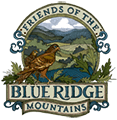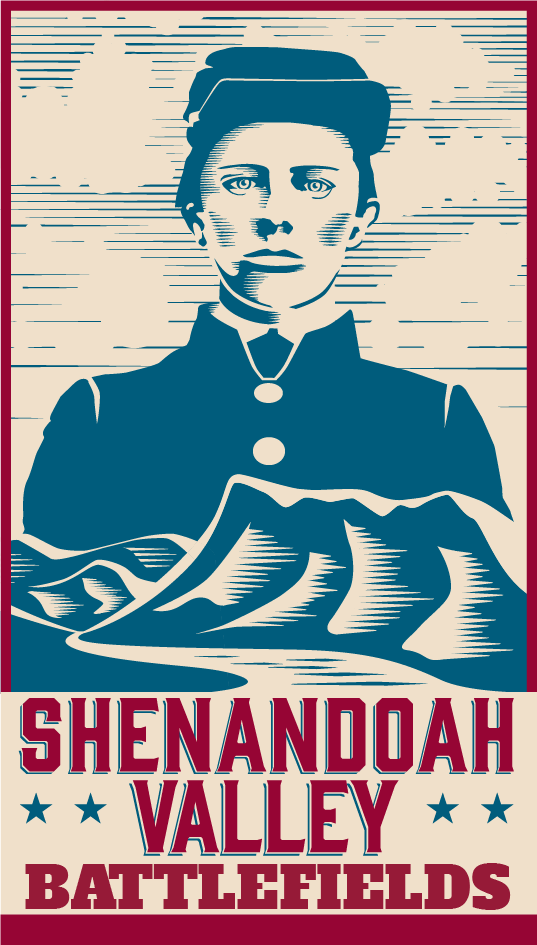
Alliance for the Shenandoah Valley
To advocate, educate, and connect people to conserve the natural resources, cultural heritage, and rural character of the Shenandoah Valley.

To advocate, educate, and connect people to conserve the natural resources, cultural heritage, and rural character of the Shenandoah Valley.

To preserve America’s hallowed battlegrounds and educate the public about what happened there and why it matters.

To preserve and manage the Appalachian Trail – ensuring that its vast natural beauty and priceless cultural heritage can be shared and enjoyed today, tomorrow, and for centuries to come.

To develop, demonstrate and educate about innovative approaches to environmental stewardship by inviting people and partners to study, restore, interpret and experience our land’s environment and history.
To monitor, protect, and restore the Chesapeake Bay Watershed within Jefferson County, West Virginia.

To care for native wildlife by integrating veterinary medicine, rehabilitation, education, and research.
To promote the preservation and the improvement of natural resources on the Bull Run Mountains through educational, charitable, and scientific means for the benefit of the general public.

Cedar Creek and Belle Grove NHP is a park-in-development, only being created by Congress in 2002. Although there are over 3,700 acres within the park's authorized boundary, over half of this is still privately owned. Therefore, much of the battlefield is not accessible to the public. Nearly all of the remaining land (approximately 1,500 acres) and buildings are preserved and administered by the Key Partners. Four sites, Cedar Creek and Belle Grove NHP Visitor Contact Station, the Cedar Creek Battlefield Foundation Headquarters, Hupp's Hill Civil War Park and Belle Grove Plantation Manor House, are open to the public. All are good places to start learning the many stories of Cedar Creek, Belle Grove and the Shenandoah Valley.

The Changing Landscapes Initiative is a Smithsonian-led program bridging the gap between scientists and communities. CLI scientists work alongside community members to evaluate the impacts of land use change on wildlife, ecosystem services and community health. Its mission is to combine research with community wisdom to help secure a vibrant and healthy future for people and wildlife. Healthy functioning ecosystems are essential to human life. They provide fresh water, food, a stable climate, resilience to flood and disease, and beautiful landscapes to explore. CLI scientists investigate how changes in land use could impact ecosystems and the services they provide to humanity, both now and in the future.

To protect and preserve our land, respecting the many agricultural, natural, scenic, and historic resources we call home.

To inspire the next generation of environmental stewards, to learn about the ecology of the northern Virginia Piedmont, and to conserve native biodiversity.

To protect the Blue Ridge Mountains from development and environmental deterioration.

The Friends of the Shenandoah River is a volunteer, non-profit, scientific organization dedicated to the preservation and protection of the Shenandoah River and its tributaries. Launched in 1989, the FOSR grass-roots water quality monitoring and testing program was the first of its kind in the Chesapeake Bay Watershed. Today, in its 23rd year of continuous operation, the program deploys 72 FOSR volunteers who wade in, literally, with bi-monthly water samplings along 150 miles of the Shenandoah and its tributaries, from Port Republic, VA to Harpers Ferry, WV. The samples are processed through a full-time FOSR laboratory at Shenandoah University, resulting in a huge and invaluable database of sampling.

To protect and preserve the environment and quality of life in the Goose Creek Watershed in Fauquier and Loudoun Counties, VA.

A visit to this quaint, historic community, at the confluence of the Potomac and Shenandoah rivers, is like stepping into the past. Stroll the picturesque streets, visit exhibits and museums, or hike our trails and battlefields. Spend a day or a weekend. We have something for everyone, so come and discover Harpers Ferry!

To protect productive farmland for future generations in order to maintain the long-term viability of agriculture in Jefferson County.

To preserve and protect the quality of life for all Jefferson County residents.

To encourage people to preserve open space and rural landscapes in West Virginia’s Eastern Panhandle.

To partner with private landowners who wish to voluntarily protect and preserve their working farmland or natural lands with significant scenic, historic, and ecological value for the benefit of our community using conservation easements.

To inspire, motivate and engage people to protect, preserve and restore wildlife habitat.

To educate and advocate for the preservation of the extraordinary historic landscape and culture of the Mosby Heritage Area for future generations.

To preserve unimpaired the natural and cultural resources and values of the National Park System for the enjoyment, education, and inspiration of this and future generations.

To add to and sustain abundant, thriving natural places in our Virginia communities.

To work with the citizens of our nine-county region to conserve land, create high-quality communities, strengthen rural economies, celebrate historic resources, protect air and water quality, build smart transportation networks, promote sustainable energy choices, restore wildlife habitat, and improve people’s access to nature.

For the enjoyment of present and future hikers the PATC maintains and protects the National Appalachian Scenic Trail (AT) and its corridor lands, as well as maintaining over 900 miles of other trails and related facilities in the Mid-Atlantic region. The PATC educates its members and the public about their opportunities for outdoor recreation, and their responsibilities for cherishing and caring for our natural heritage. To foster these activities the PATC conducts a comprehensive publishing program, rents 42 cabins in rural areas for public use, and promotes a wide ranging hikes program in addition to its ambitious trail care program.

To protect the public’s right to clean water in our rivers and streams.

Just 75 miles from the bustle of Washington, D.C., Shenandoah National Park is a land bursting with cascading waterfalls, spectacular vistas, fields of wildflowers, and quiet wooded hollows. With over 200,000 acres of protected lands that are haven to deer, songbirds, and black bear, there's so much to explore...and your journey begins right here!

To preserve the hallowed ground of the Valley’s Civil War battlefields, to share its Civil War story with the nation, and to encourage tourism and travel to the Valley’s Civil War sites.


To protect watersheds by promoting awareness, alliance, and action through creative technology and communication.

To conserve, protect and restore North America’s coldwater fisheries and their watersheds.

To build a powerful, diverse, and highly-coordinated conservation movement focused on protecting our Commonwealth’s natural resources.

To protect and preserve the native plants of Virginia and their habitats, in order to sustain for generations to come the integrity of the Commonwealth’s rich natural heritage of ecosystems and biodiversity for purposes of enjoyment, enlightenment, sustainable use, and our own very survival.

Virginia Working Landscapes (VWL), a program of the Smithsonian Conservation Biology Institute, cultivates collaborations between Smithsonian scientists, landowners and managers, citizen scientists and regional partners to study and promote the conservation of native biodiversity and sustainable land use through research, education and community engagement.

To conserve and restore West Virginia’s exceptional rivers and streams. We believe that clean water is the foundation of life, and that all people should respect and be able to enjoy clean West Virginia rivers and streams.
© 2024 · Blue Ridge Conservation Alliance • network website powered by The Downstream Project